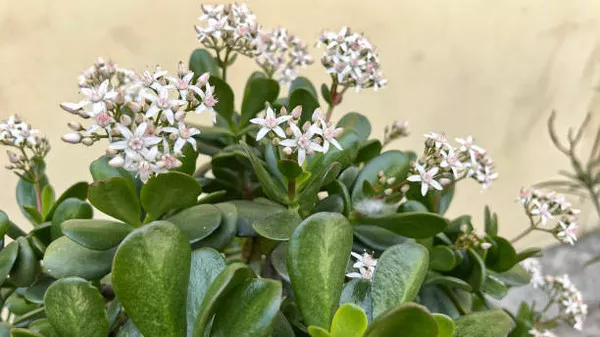Flowering plants, also known as angiosperms, represent one of the most diverse and dominant groups of plants on Earth. Their life cycle is a captivating journey, involving intricate stages that showcase the marvels of nature’s design. Understanding the life cycle of flowering plants not only deepens our appreciation for the natural world but also plays a crucial role in agriculture, horticulture, and ecological studies. In this article, we will explore the various phases of the life cycle of flowering plants, shedding light on the processes that contribute to their remarkable diversity and success.
Seed Germination: The Genesis of Life
The life cycle of flowering plants begins with seed germination, a process that marks the commencement of a new plant’s life. Seeds contain the genetic information and necessary nutrients for the plant to develop and grow. Germination is triggered by environmental cues such as moisture, temperature, and light. As the seed absorbs water, it undergoes metabolic changes, leading to the activation of enzymes that break down stored nutrients. The emergence of the embryonic plant, the radicle, marks the initiation of root development, while the shoot tip pushes through the soil to reach sunlight.
Vegetative Growth: Building the Foundation
After germination, the plant enters a phase of vegetative growth. During this period, the focus is on building a strong foundation for future development. The plant produces leaves, stems, and roots, each serving specific functions. Leaves are essential for photosynthesis, stems provide structural support and transport nutrients, and roots anchor the plant in the soil while absorbing water and minerals. This phase is crucial for establishing a robust and healthy plant structure.
Reproductive Phase: The Blossoming Beauty
The highlight of the flowering plant’s life cycle is undoubtedly the reproductive phase. This phase is characterized by the formation of flowers, the reproductive organs of angiosperms. Flowers are marvels of nature, showcasing an array of colors, shapes, and fragrances to attract pollinators. The male reproductive organs, called stamens, produce pollen, while the female reproductive organs, the pistils, contain the ovules. Pollination, the transfer of pollen from the male to the female parts, can occur through various mechanisms, including wind, insects, birds, and other animals.
Fertilization: Uniting Genetic Material
Once the pollen reaches the stigma of the pistil, fertilization can take place. The pollen tube grows down the style, allowing the sperm to reach the ovule. The union of the sperm and egg within the ovule results in the formation of a zygote, the first cell of the new plant. This process marks a pivotal moment in the life cycle, as it combines genetic material from both parent plants, ensuring genetic diversity in the offspring.
Seed Formation: The Circle Continues
Following successful fertilization, the ovule develops into a seed. The surrounding ovary transforms into a fruit, protecting and nourishing the developing seeds. Seeds are equipped with the necessary nutrients and a protective coat, allowing them to withstand harsh conditions and disperse over long distances. The diverse mechanisms of seed dispersal, including wind, water, animals, and even explosive mechanisms, contribute to the plant’s ability to colonize new areas and adapt to changing environments.
Seed Dormancy: A Pause in the Journey
After seed formation, some plants enter a period of dormancy, where metabolic activity is reduced, and growth temporarily halts. This pause allows seeds to survive unfavorable conditions, ensuring they germinate when environmental conditions are optimal. Factors such as temperature, light, and moisture play crucial roles in determining when seeds break dormancy and resume their journey through the life cycle.
Germination Redux: A New Beginning
The life cycle of flowering plants comes full circle when germination resumes. Under favorable conditions, dormant seeds awaken, absorbing water and reinitiating metabolic processes. The radicle emerges, and the plant embarks on a new cycle of growth and development. This repetition of the life cycle ensures the survival and perpetuation of flowering plant species over generations.
Conclusion
The life cycle of flowering plants is a captivating narrative of growth, reproduction, and adaptation. From the humble seed germination to the breathtaking beauty of blossoming flowers, each phase serves a unique purpose in the plant’s journey. Understanding this life cycle not only provides insights into the intricacies of plant biology but also holds practical implications for agriculture, horticulture, and environmental conservation. As we delve into the depths of this fascinating journey, we gain a profound appreciation for the resilience and diversity of flowering plants, the unsung heroes of our ecosystems.


